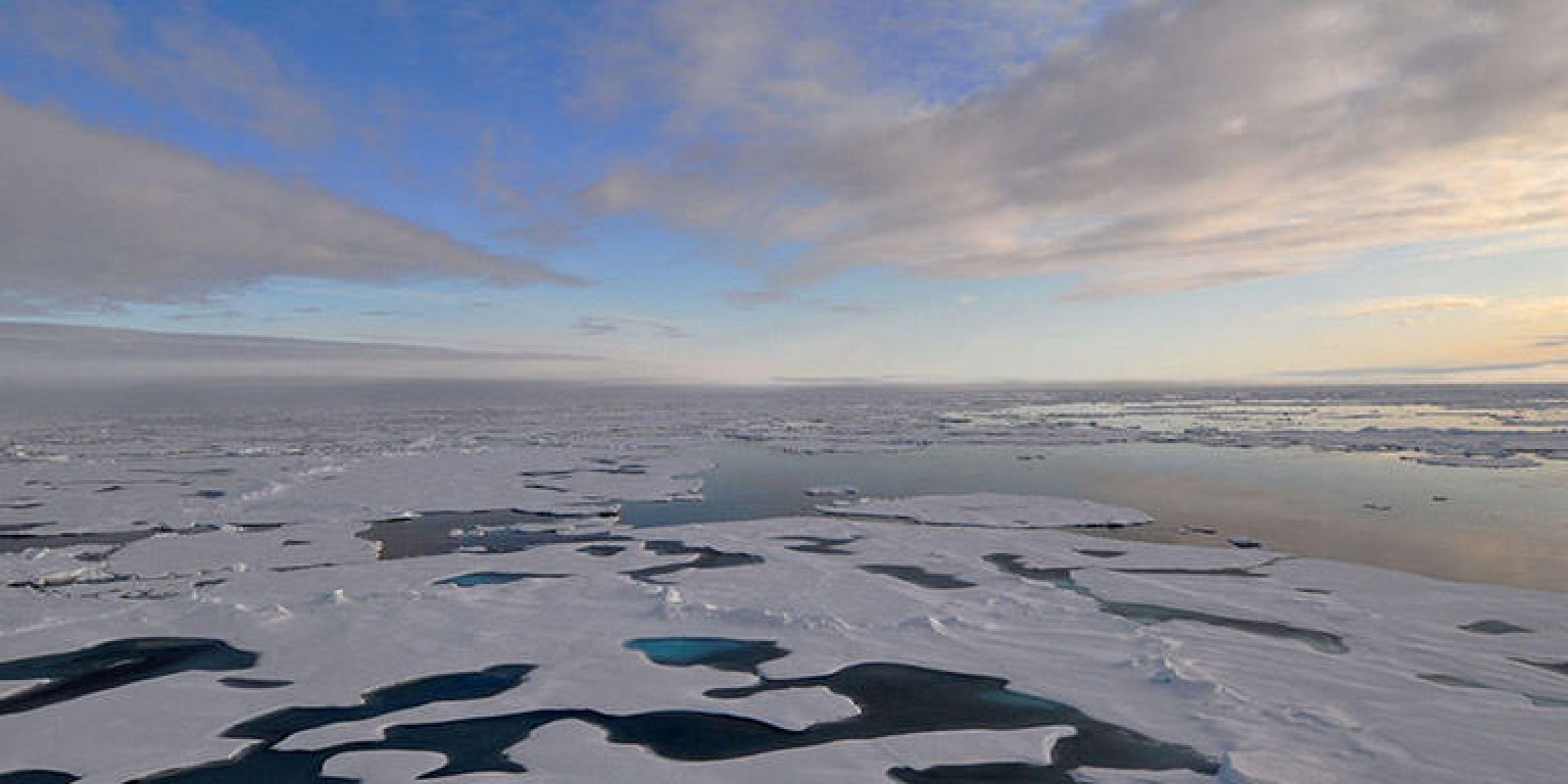Studying the Arctic’s surface energy budget during autumn helps us understand Earth’s transitions from summer warmth to winter freeze, which is vital for predicting climate changes. Using shipboard data from NASA and satellite heat flux analyses from 2022, researchers examined how energy exchanges at the sea surface change over the year. They discovered that the transition from summer heating to autumn cooling aligns closely with the September 22nd equinox, marking the start of prolonged Arctic darkness. The shift involves dramatic ocean surface cooling, driven by cold air from landmasses and ice caps. These findings highlight the significant role of astronomical seasons in regulating the Arctic’s energy dynamics.
Previous research explored the general patterns of Arctic energy exchange, but this study, published in JGR Oceans, provides specific insights into the mechanisms driving the autumnal transition. Importantly, the researchers shed light on the processes that lead to the rapid freezing of the Beaufort-Chukchi seas by late November. Future research will need to investigate these heat fluxes and their broader implications for Arctic climate dynamics, sea ice behavior, and atmospheric variability. The study’s findings are significant for understanding the Arctic’s response to changing climatic conditions and for predicting future changes in the region’s energy budget. The Climate Program Office’s Climate Observations and Monitoring (COM) program supported this work with an award focused on the mixing of air, moisture, and heat in the lowest layer of our atmosphere closest to the Earth’s surface—the atmospheric boundary layer—that drives our weather and climate around the world.
For more information, contact Clara Deck.



